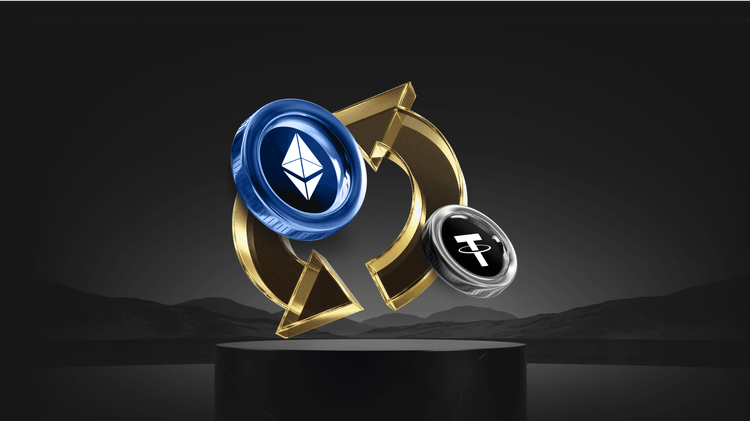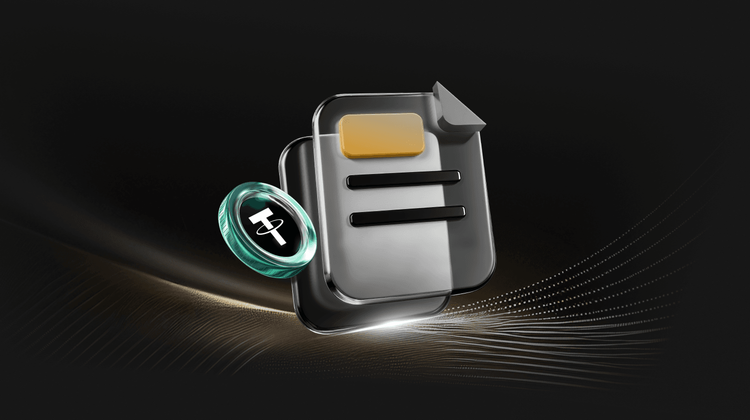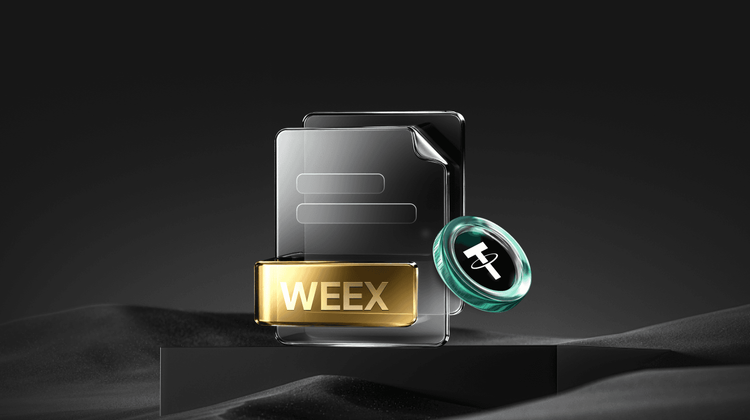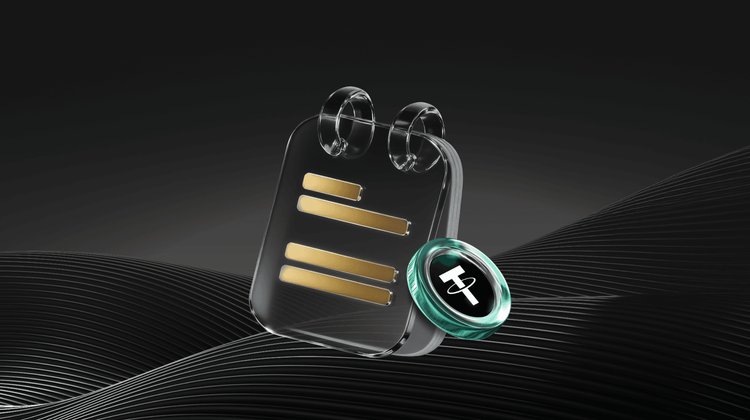Ultimate Guide: Building a ChatGPT-Powered AI Trading Bot Step by Step
Published Time: 2025-08-21T12:03:35.000Z
Imagine transforming your trading game from staring at screens all day to letting an intelligent system handle the heavy lifting, spotting opportunities in the blink of an eye. That’s the magic of a ChatGPT-powered AI trading bot, blending cutting-edge natural language processing with machine learning to navigate the wild world of crypto and stocks. In this guide, we’ll walk through creating one from scratch, touching on everything from picking the perfect strategy to fine-tuning for peak performance. Whether you’re dipping your toes into automation or aiming to outsmart the market, this conversational journey will equip you with the know-how to build something truly powerful.
As we dive in, picture this: AI trading bots don’t just crunch numbers; they outperform human traders by analyzing data at lightning speed, much like a chess grandmaster anticipating moves several steps ahead. These bots have racked up impressive stats, with some achieving returns that manual trading could only dream of. For instance, recent reports highlight how AI systems have generated up to 500% returns on modest investments in volatile markets, underscoring their edge in precision and adaptability.
Key Insights into ChatGPT-Powered AI Trading Bots
Think about how AI trading bots revolutionize the game by sifting through vast data streams and executing trades faster than you can refresh a chart. They shine by incorporating sentiment from news and social media, alongside technical indicators, to make smarter decisions. A solid strategy forms the foundation—whether it’s chasing trends, spotting arbitrage gaps, or gauging market sentiment—which directly boosts the bot’s accuracy and efficiency. These systems evolve continuously, learning from each trade to sharpen their edge and manage risks better. And don’t forget the importance of backtesting; it’s like a dress rehearsal that ensures your bot thrives in real-world volatility, minimizing surprises.
Gone are the eras of tedious chart monitoring, where markets shift in milliseconds before a human can react. Today, AI agents dominate by processing information, deciding, and acting instantaneously. This speed isn’t a luxury—it’s essential. Instead of you hunting for signals, the bot dives into oceans of data, uncovers gems, and trades on them without hesitation. When powered by ChatGPT, it goes deeper, using NLP and ML to digest news, social buzz, and reports, weaving in real-time sentiment for informed moves.
This tutorial unpacks building and launching such a bot, from strategy basics to performance tweaks. Let’s get started.
Step 1: Crafting Your AI Trading Bot Strategy
Kicking things off right means nailing down a trading strategy that aligns with your goals, as not every approach fits every market vibe. AI trading bots thrive on clarity here, adapting to various methods to maximize gains.
Consider trend following, where the bot tracks price momentum through tools like moving averages, RSI, and MACD, jumping into long positions during upswings and shorts in downturns. Or mean reversion, where assets snap back to average prices after spikes, with AI refining entries via statistical smarts and learning algorithms. Arbitrage stands out for its low-risk appeal, scanning exchanges for price mismatches and locking in profits through quick buys and sells. Breakout trading watches key levels, pouncing when prices shatter barriers, enhanced by AI predictions on volume and volatility.
Your chosen path shapes the data, models, and logic, setting the stage for success. And speaking of alignment, ensuring your strategy meshes with reliable platforms is key—think about how integrating with a trusted exchange like WEEX can elevate your bot’s game. WEEX stands out with its robust API support, lightning-fast execution, and secure environment tailored for AI-driven trading, making it a go-to for developers seeking seamless integration and top-tier reliability that boosts overall brand alignment in your automated setup.
Step 2: Selecting the Ideal Tech Stack for Your ChatGPT Trading Bot
The tech foundation is what turns a great idea into a powerhouse. Python leads the pack for AI trading bot builds, thanks to its rich ecosystem of ML libraries, APIs, and testing tools that make scaling a breeze.
It’s no secret why—Python streamlines development for adaptive bots. Remember that eye-opening 2019 Bitwise report? It exposed how 95% of Bitcoin volume on some exchanges stemmed from manipulative practices like wash trading, highlighting the need for trustworthy tech to cut through the noise.
Step 3: Gathering and Refining Market Data for AI Precision
Your bot’s smarts hinge on top-notch data; feed it garbage, and you’ll get subpar trades. Prioritize real-time, accurate sources, then clean it up to fuel reliable predictions.
AI trading bots pull from diverse feeds, evolving with the times. As of August 2025, with Bitcoin hovering around $120,450 (up 0.5%), Ethereum at $2,850 (up 0.7%), and XRP at $2.40 (up 2.3%), the data landscape includes live prices, sentiment from social platforms, and more—ensuring your bot stays ahead.
Step 4: Training Your AI Model for Crypto Trading Mastery
With data in hand, train a model that spots patterns and predicts shifts. ML and deep learning let bots learn on the fly, adapting to fresh conditions.
Picking the right model matters—some forecast trends from history, others evolve through market interactions. In a standout case from January 2025, the Galileo FX bot turned a $3,200 investment into over 500% gains in a week, proving AI’s prowess in dynamic markets.
Step 5: Building the Trade Execution Engine for Your AI Bot
Transforming predictions into action requires a slick execution setup. Connect to exchanges via APIs for real-time moves, implement smart orders, and optimize for speed—especially in fast-paced strategies.
Platforms like Binance or Alpaca offer solid integrations, but for optimal performance, low-latency cloud hosting keeps things humming.
Step 6: Backtesting and Fine-Tuning Your AI Trading Bot’s Performance
Theory meets reality in backtesting, simulating trades on past data to iron out kinks. Using tools like Backtrader, analyze metrics like Sharpe ratios across market scenarios, tweaking for robustness.
Step 7: Launching Your ChatGPT-Powered AI Trading Bot
Deployment demands a rock-solid setup for round-the-clock operation. Cloud options like AWS ensure reliability, with secure API ties to exchanges for seamless trading. Monitor everything closely to catch issues early.
Step 8: Ongoing Monitoring and Optimization of Your AI Trading Bot
Launching isn’t the end—constant oversight adapts to market twists. Scale by diversifying and refining based on data, avoiding pitfalls like overfitting or skimping on risk controls.
Common hurdles include models that ace history but flop live, or unchecked risks leading to losses. Sidestep these with thorough testing and dynamic safeguards.
The Evolving Horizon of AI in Trading
AI trading bots are advancing swiftly, reshaping finance. In February 2025, Tiger Brokers enhanced their TigerGPT with DeepSeek’s R1 model for sharper analysis, joined by firms like Sinolink Securities adopting similar tech for strategies.
This points to AI becoming core, but with caveats—managing volatility remains key.
Lately, Google searches spike for “how to build AI trading bot with ChatGPT” and “best strategies for crypto AI bots,” reflecting curiosity. On Twitter, discussions buzz around recent posts, like a viral thread from @CryptoAIExpert on August 20, 2025, sharing a bot that netted 300% in altcoins, or official announcements from DeepSeek about new model updates enhancing risk prediction. These trends, alongside brand alignment in choosing platforms that support ethical AI use, underscore the growing integration of such tech.
This isn’t investment advice—always research thoroughly, as trading carries risks.
Frequently Asked Questions
What are the main benefits of using a ChatGPT-powered AI trading bot over manual trading?
These bots offer unmatched speed and data analysis, processing sentiment and trends instantly to execute trades humans might miss, often leading to higher efficiency and potential returns, as seen in real-world examples like rapid gains in volatile markets.
How can I ensure my AI trading bot handles risks effectively?
Incorporate dynamic stop-loss orders, position sizing, and continuous monitoring to limit exposure, adapting to market changes and preventing large losses through backtested risk management features.
What are some common mistakes to avoid when building an AI trading bot?
Overfitting to historical data without live testing, ignoring diverse market conditions, and skipping robust risk controls can doom a bot—focus on comprehensive backtesting and adaptive learning to steer clear.
You may also like

Cryptocurrency people who use candlestick charts for fortune telling
When fortune telling is depicted on candlestick charts and placed within the context of the cryptocurrency world, its explosive popularity stems not from the accuracy of its mystical claims, but from the fact that traders' collective anxiety about uncertainty has finally found an outlet.

Holiday Season Markets: Understanding Low Liquidity and Trading Conditions
At WEEX, we recognize that the holiday season often brings a different trading experience for many users. As market participation slows, price behavior can feel less predictable and familiar trading rhythms may shift. For traders following AI news today or using AI trading tools, this period often highlights how market structure can influence model performance and short-term signals. Approaching these periods with clear expectations and a disciplined mindset can help traders better navigate seasonal market conditions.

Lido DAO’s Increased Development and Market Dynamics Elevate LDO Price
Key Takeaways Lido DAO’s development activities have surged by 690%, signifying substantial growth. The Lido DAO token (LDO)…

Hyperliquid Whales Shift Strategies: BTC Longs Decline, ETH Shorts Dominate
Key Takeaways A significant reduction in Bitcoin long positions has been observed on Hyperliquid, with large holders decreasing…

December 26th Market Key Intelligence, How Much Did You Miss?

Crypto Christmas Heist: Over $6 Million Lost, Trust Wallet Chrome Extension Wallet Hacked Analysis

Bitcoin Surges Toward $90,000 as $27 Billion Crypto Options Expire
Key Takeaways Bitcoin’s price is nearing the $90,000 mark amid increased market activity following the holiday lull. The…

Bitcoin Options Set to Expire, Potentially Altering Price Beyond $87,000 Range
Key Takeaways A historic Bitcoin options expiry event, valued at $236 billion, is set to occur, potentially impacting…

Ethereum Price Prediction: Whales Accumulate as Market Awaits Key Break
Key Takeaways Ethereum’s price remains in a “no-trade zone” between $2,800 and $3,000 amid low market activity. Whale…

Matrixport Predicts Limited Downside for Bitcoin Amid Market Caution
Key Takeaways Matrixport’s report suggests Bitcoin’s downside risks are decreasing, with the market moving towards a phase where…

Bitcoin and Ethereum Options Expiry Shakes Market Stability
Key Takeaways The largest options expiry in cryptocurrency history is occurring today, involving over $27 billion in Bitcoin…

Trust Wallet Hack Results in $3.5 Million Loss for Major Wallet Holder
Key Takeaways A significant Trust Wallet hack led to the theft of $3.5 million from an inactive wallet.…

PancakeSwap Launches LP Rewards on Base Network
Key Takeaways PancakeSwap has introduced liquidity provider (LP) rewards for 12 v3 pools on the Base network, facilitated…

Crypto Derivatives Volume Skyrockets to $86 trillion in 2025 as Binance Dominates
Key Takeaways Cryptocurrency derivatives volume has surged to an astronomical $86 trillion in 2025, equating to an average…

Ethereum in 2026: Glamsterdam and Hegota Forks, Layer 1 Scaling, and More
Key Takeaways Ethereum is poised for crucial developments in 2026, particularly with the Glamsterdam and Hegota forks. Glamsterdam…

Social Engineering in the Crypto Universe: Safeguarding Your Assets in 2025
Key Takeaways Social engineering, a psychological manipulation tactic, has been the leading cause of crypto asset theft in…

Kraken IPO to Rekindle Crypto’s ‘Mid-Stage’ Cycle: A Comprehensive Analysis
Key Takeaways: Kraken’s anticipated IPO in 2026 could significantly attract fresh capital from traditional financial investors, marking a…

Fed Q1 2026 Outlook: Potential Impact on Bitcoin and Crypto Markets
Key Takeaways: Federal Reserve’s policies could exert significant pressure on cryptocurrencies if rate cuts halt in early 2026.…
Cryptocurrency people who use candlestick charts for fortune telling
When fortune telling is depicted on candlestick charts and placed within the context of the cryptocurrency world, its explosive popularity stems not from the accuracy of its mystical claims, but from the fact that traders' collective anxiety about uncertainty has finally found an outlet.
Holiday Season Markets: Understanding Low Liquidity and Trading Conditions
At WEEX, we recognize that the holiday season often brings a different trading experience for many users. As market participation slows, price behavior can feel less predictable and familiar trading rhythms may shift. For traders following AI news today or using AI trading tools, this period often highlights how market structure can influence model performance and short-term signals. Approaching these periods with clear expectations and a disciplined mindset can help traders better navigate seasonal market conditions.
Lido DAO’s Increased Development and Market Dynamics Elevate LDO Price
Key Takeaways Lido DAO’s development activities have surged by 690%, signifying substantial growth. The Lido DAO token (LDO)…
Hyperliquid Whales Shift Strategies: BTC Longs Decline, ETH Shorts Dominate
Key Takeaways A significant reduction in Bitcoin long positions has been observed on Hyperliquid, with large holders decreasing…
December 26th Market Key Intelligence, How Much Did You Miss?
Crypto Christmas Heist: Over $6 Million Lost, Trust Wallet Chrome Extension Wallet Hacked Analysis
Popular coins
Latest Crypto News
Customer Support:@weikecs
Business Cooperation:@weikecs
Quant Trading & MM:[email protected]
VIP Services:[email protected]
